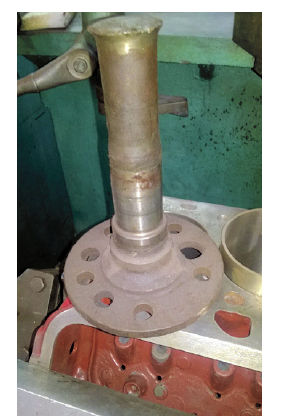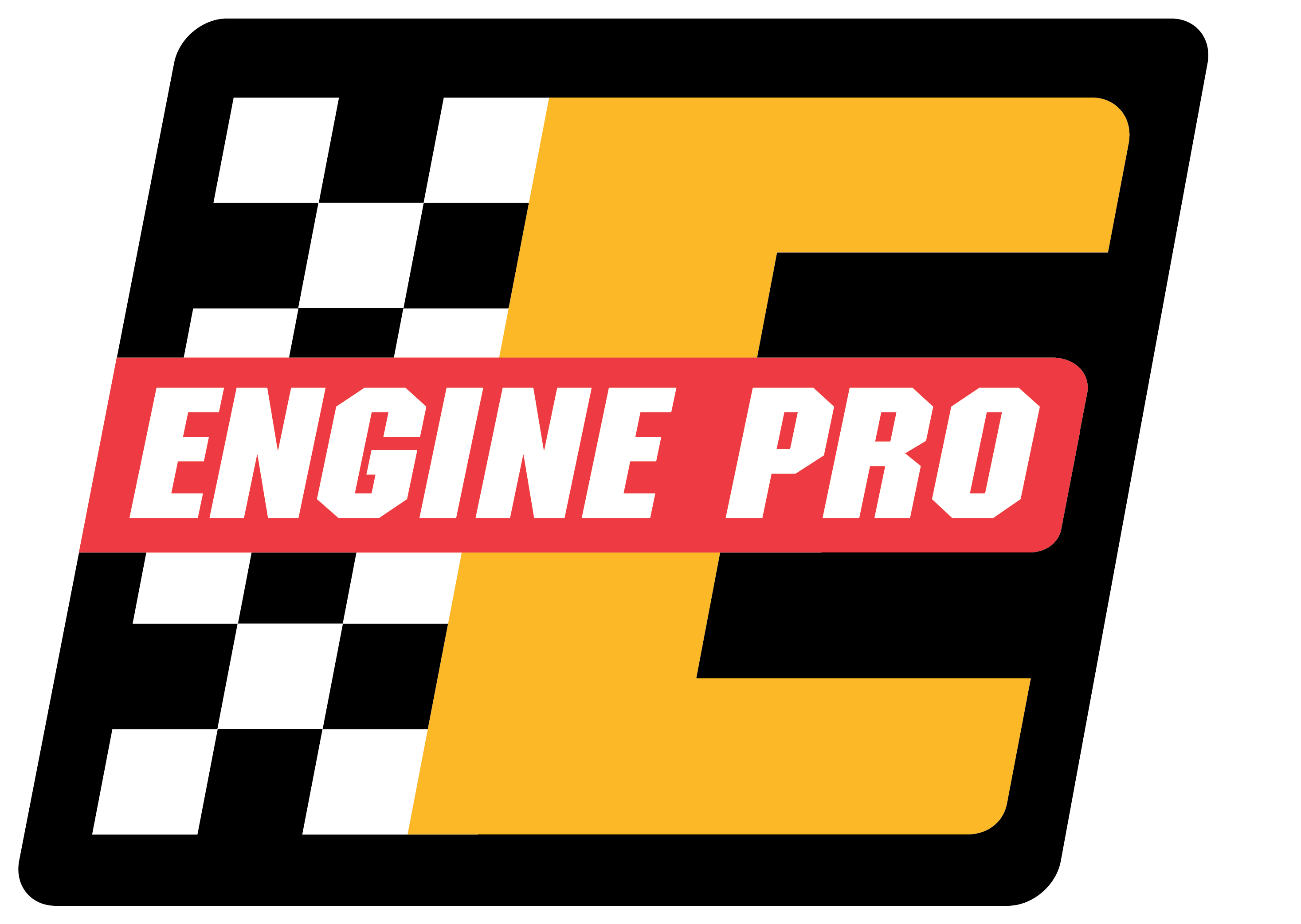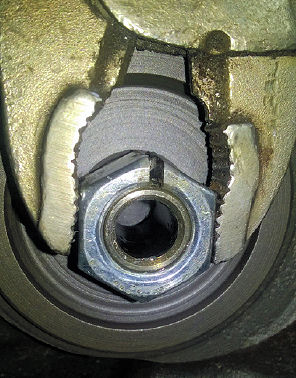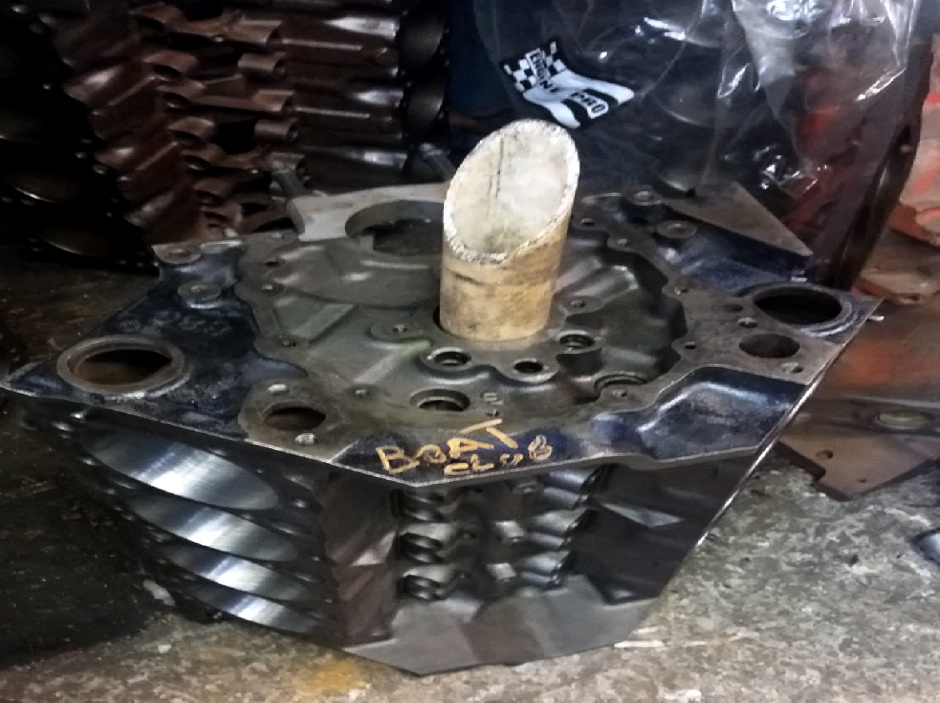SLEEVE DRIVER When you are installing a repair sleeve in a engine block, it’s important to drive it in nice and straight with even pressure on the top of the sleeve. I made a sleeve driver tool out of an old car axle. I pressed out the studs and shortened it. It works...




